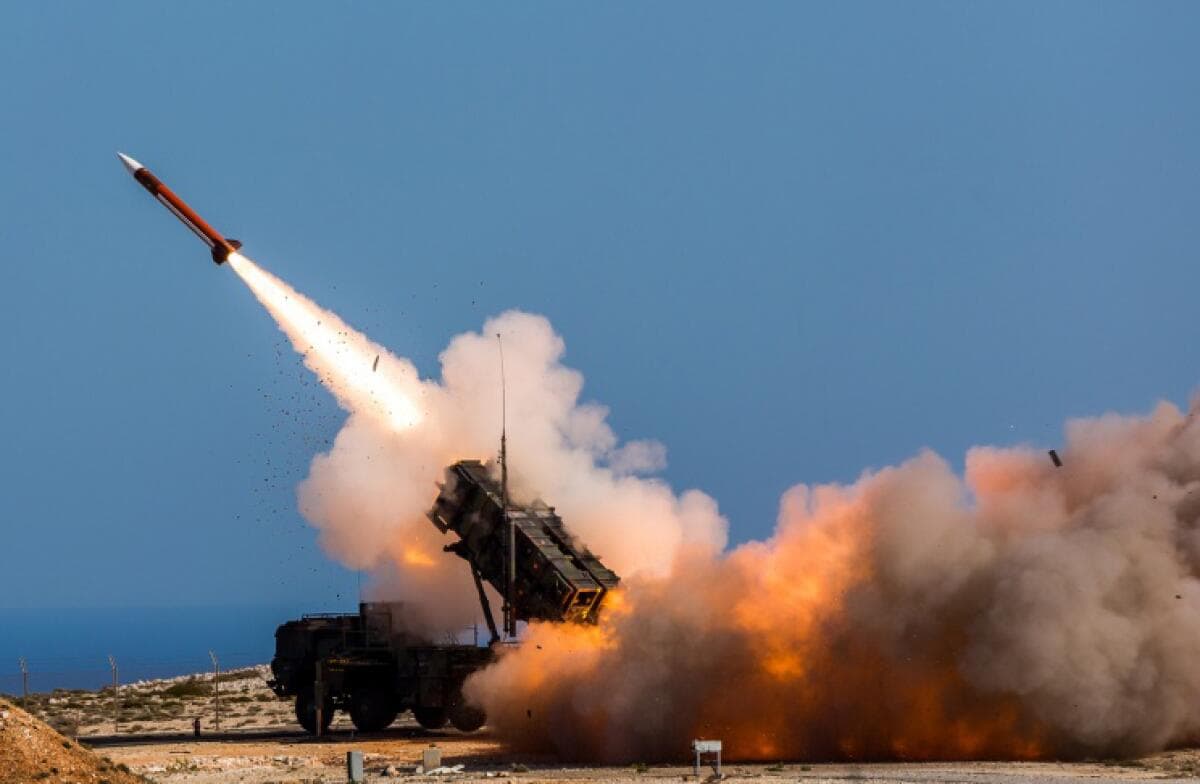Ukraine has accused Russia of deploying an advanced hypersonic missile, the Zircon, during an attack on Kyiv. The Kyiv Scientific Research Institute of Forensic Expertise claims to have found debris from the missile, indicating its use in combat for the first time.
While no casualties were directly linked to the Zircon missile, the attack resulted in four deaths and 38 injuries. The launch platform for the missile remains undisclosed, although reports suggest it may have been deployed on a Russian warship.
Experts highlight the Zircon’s hypersonic speed, making it nearly impossible to intercept with existing Western missile defense systems like the Patriot. With a reported speed of almost 9,900 kilometers per hour, it surpasses Mach 5, the threshold for hypersonic velocity.
The missile’s plasma cloud cover further complicates detection, rendering it invisible to radar systems. This feature enhances its ability to evade interception and reach its target undetected.
Moreover, the Zircon is described as a maneuvering anti-ship hypersonic cruise missile with a range of 500 to 1,000 kilometers. Russian President Vladimir Putin lauded its capabilities, emphasizing its role in safeguarding national interests.
The potential use of the Zircon poses a significant challenge to Ukraine’s air defense systems, which have struggled to counter Russian aerial attacks. While Ukraine has successfully intercepted some missiles, the Zircon’s advanced technology presents a new obstacle.

However, analysts caution against overstating the Zircon’s impact, considering factors like Russia’s production capacity and competing priorities. As a costly and sophisticated weapon, its widespread deployment may be limited by resource constraints.
In essence, the alleged use of Zircon underscores the evolving nature of modern warfare and the challenges faced by nations in countering advanced military capabilities.





